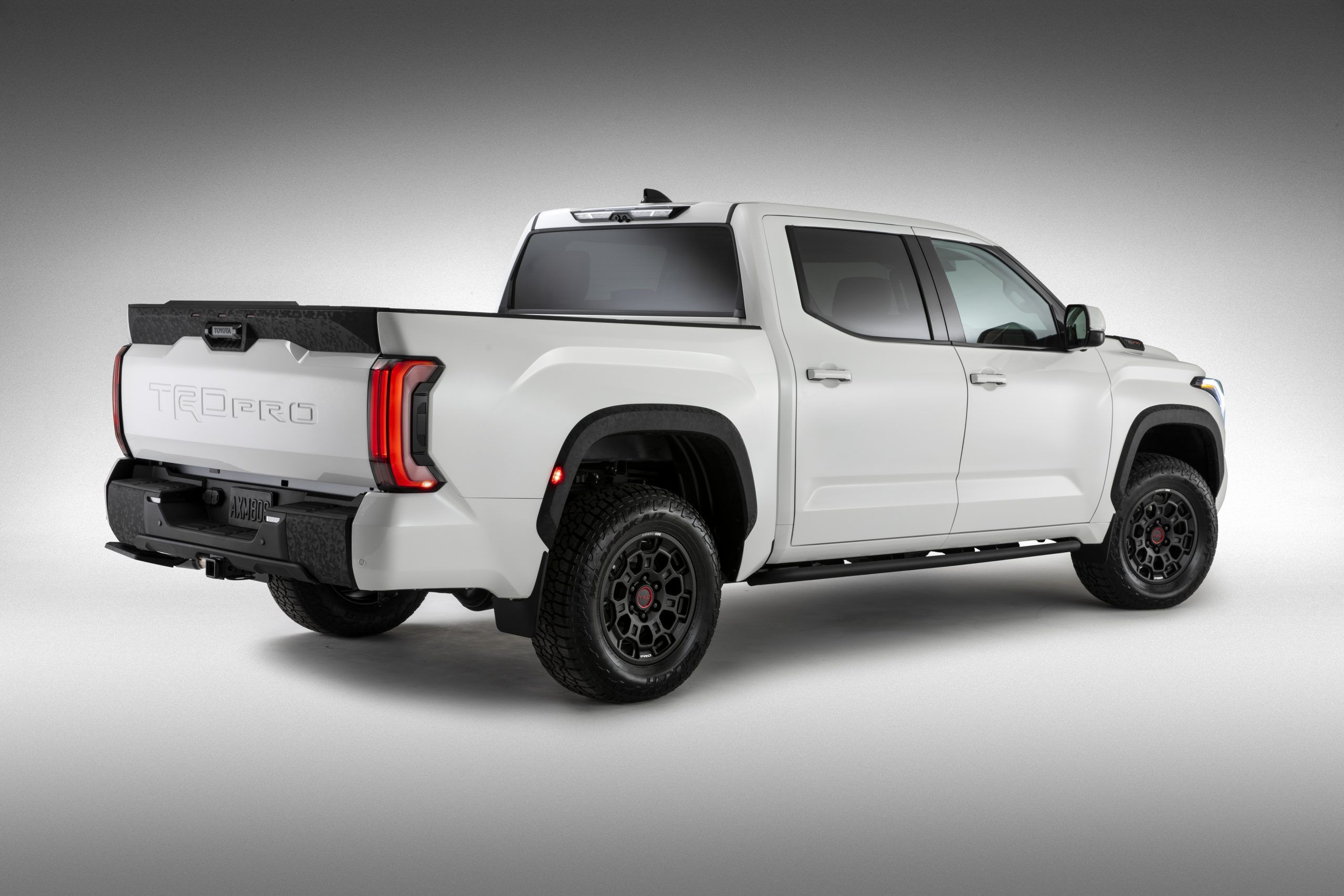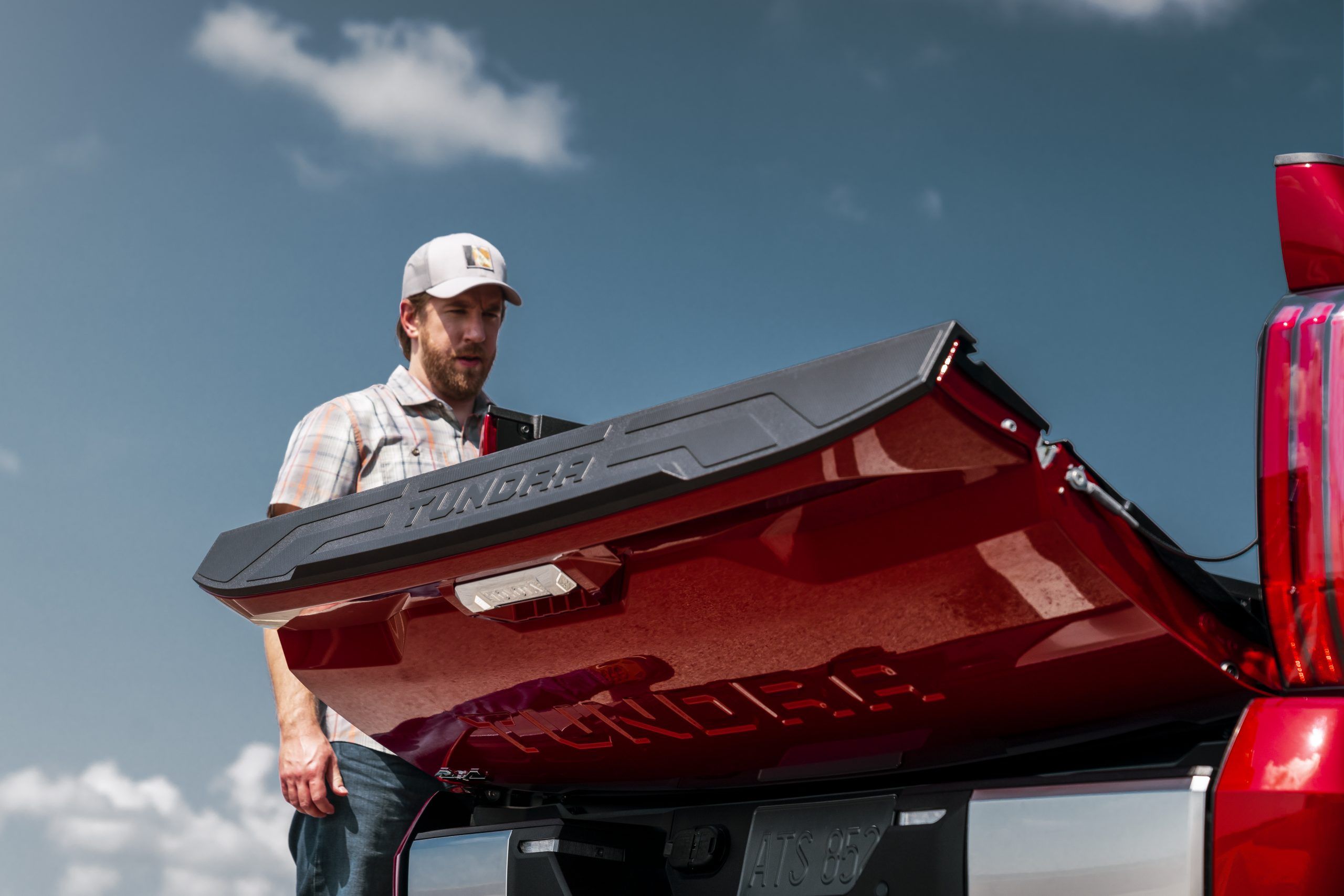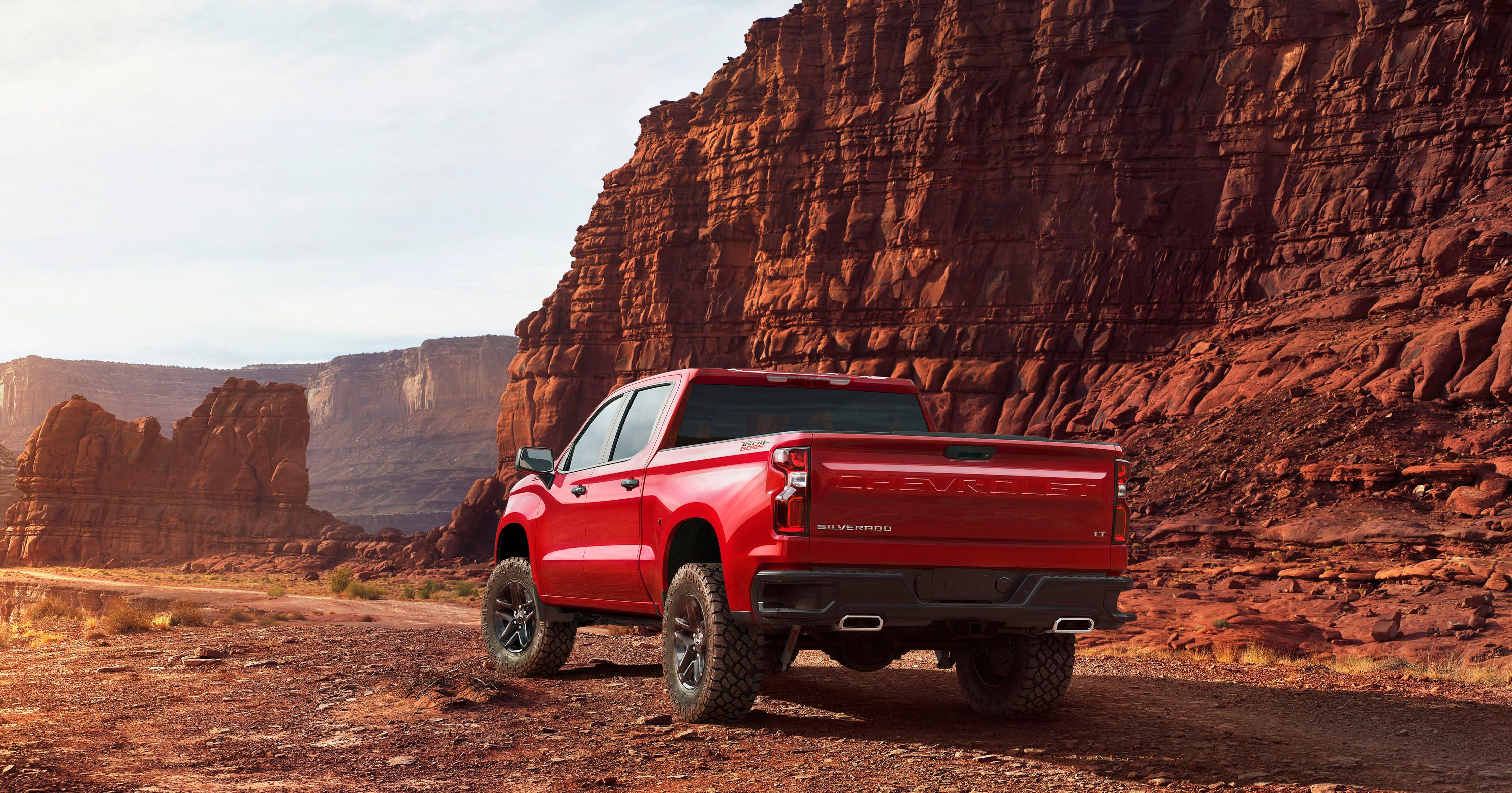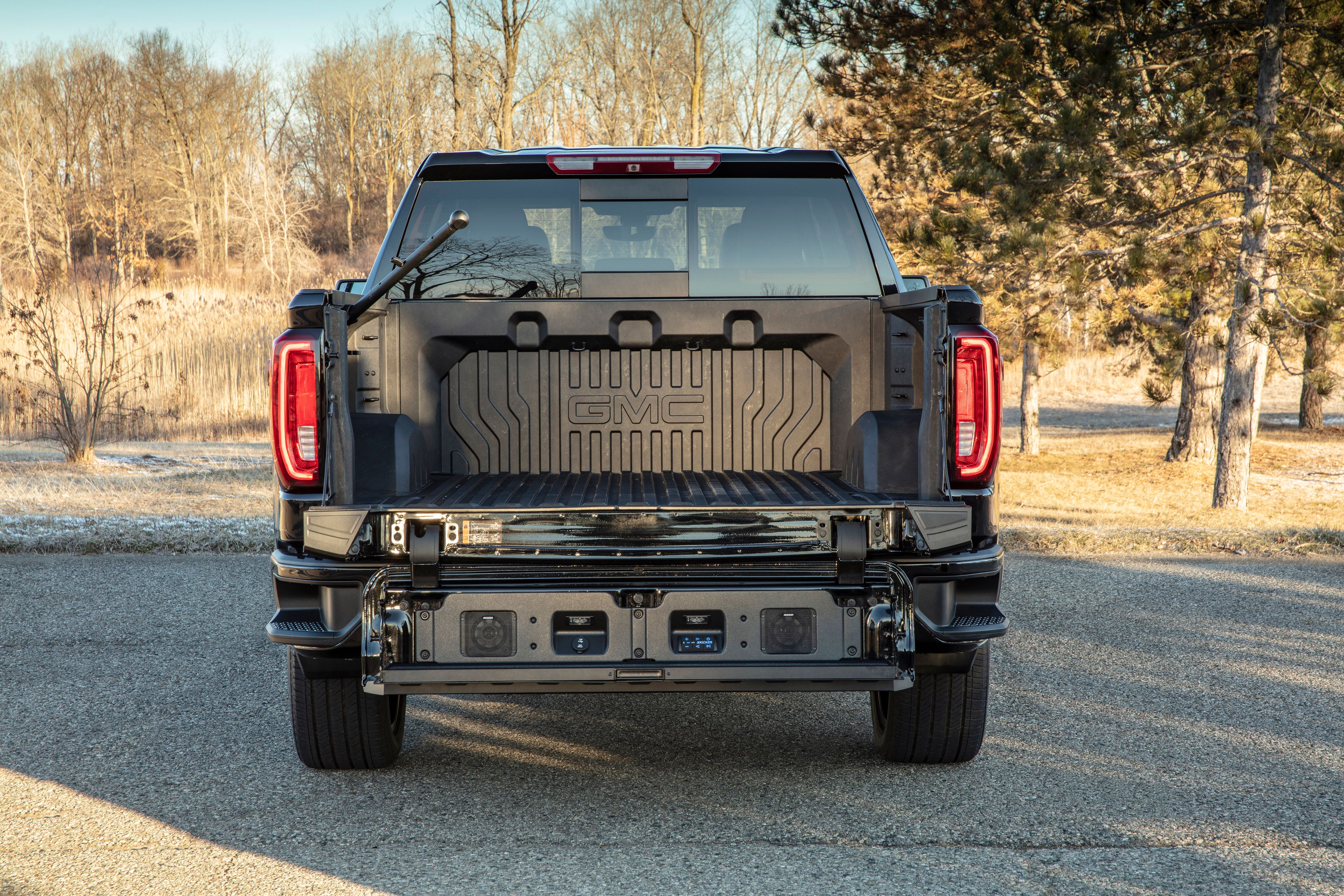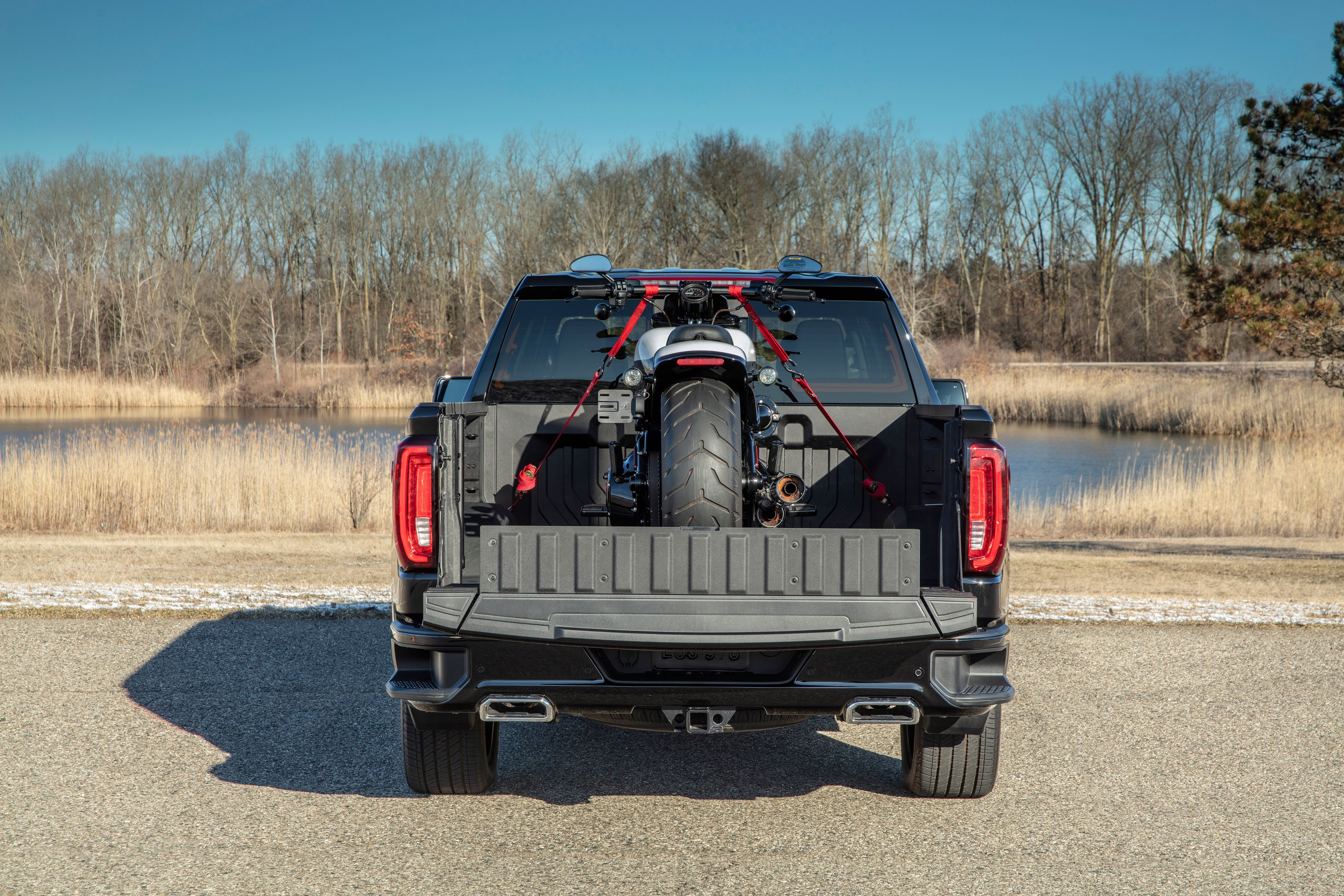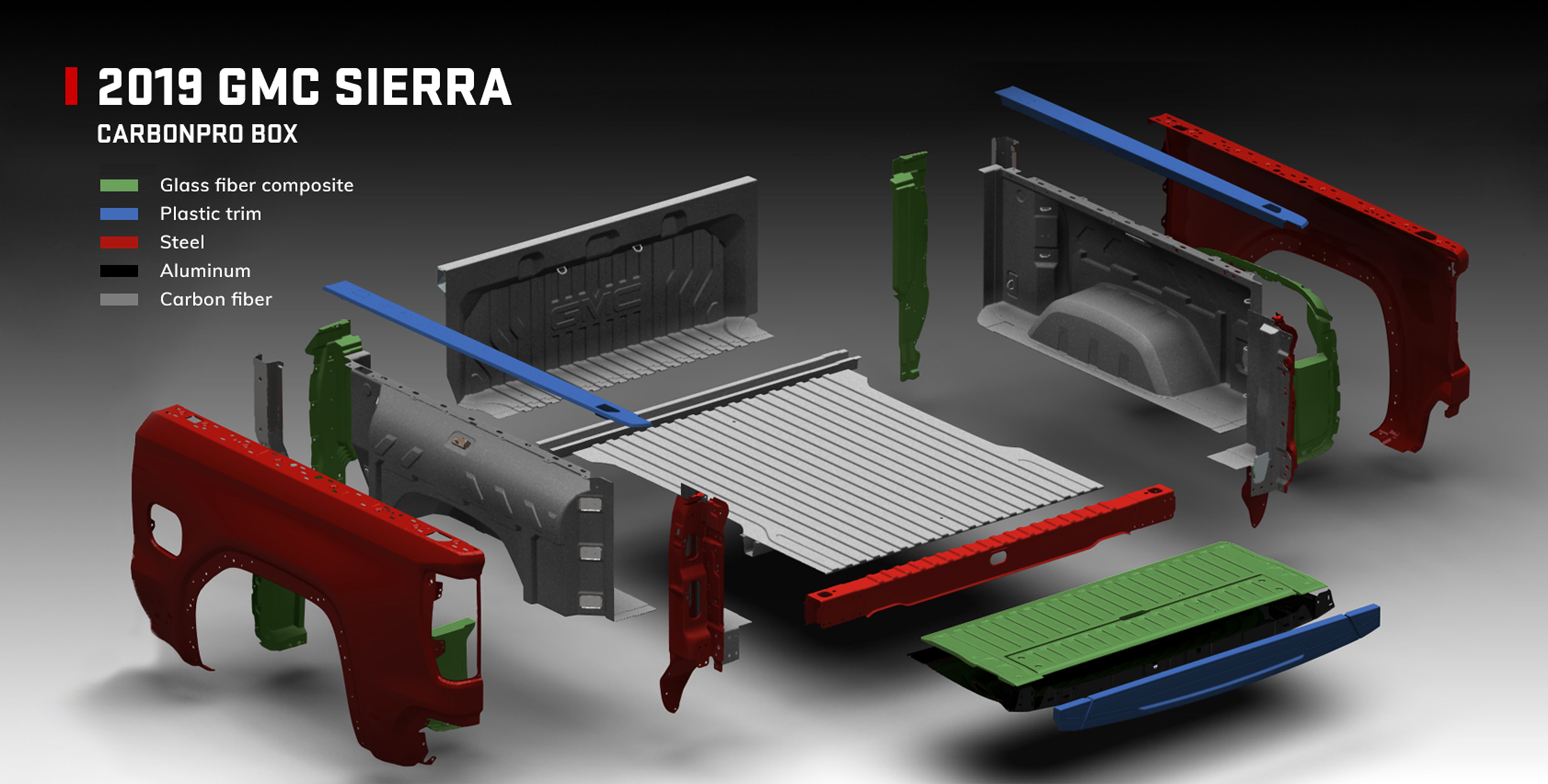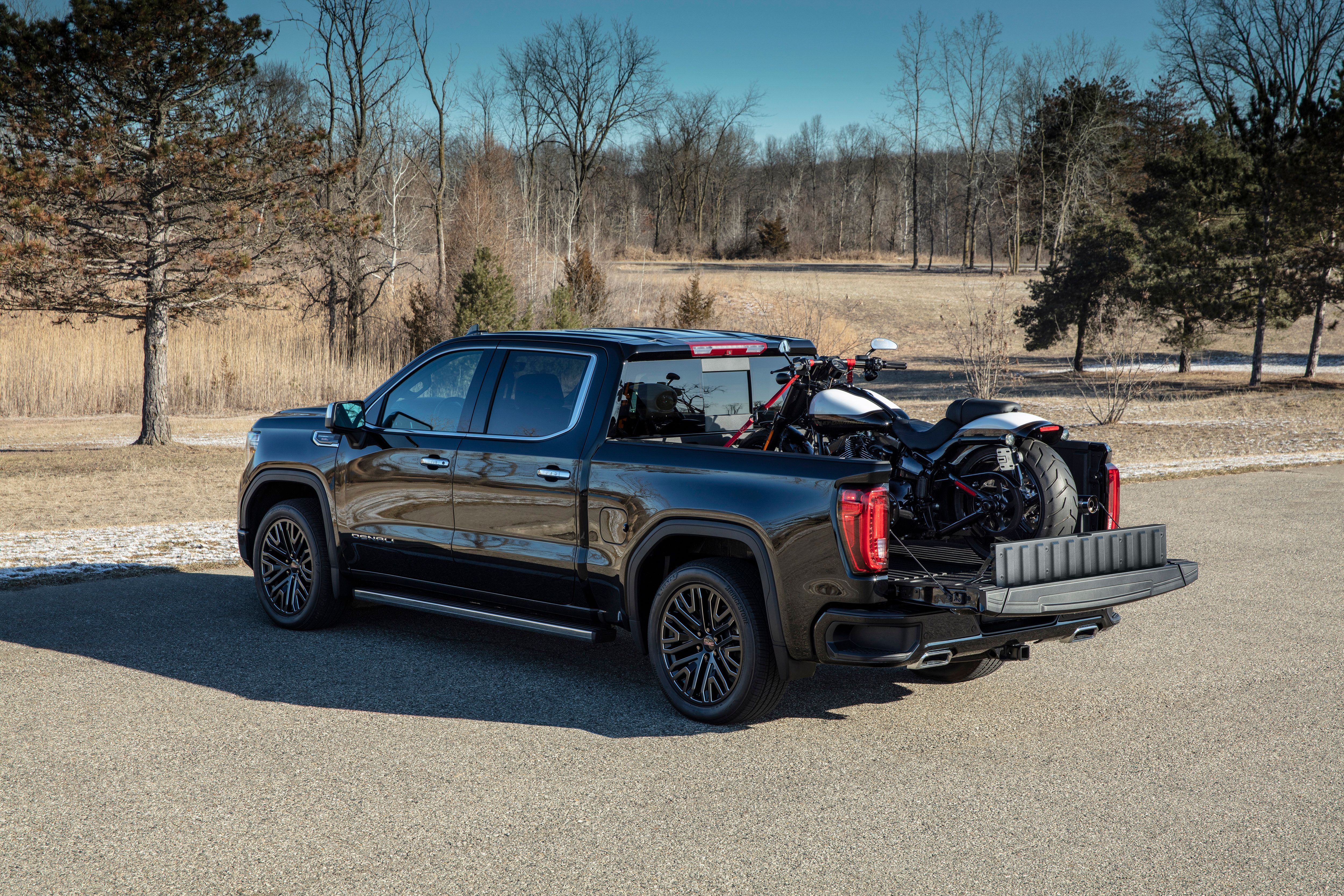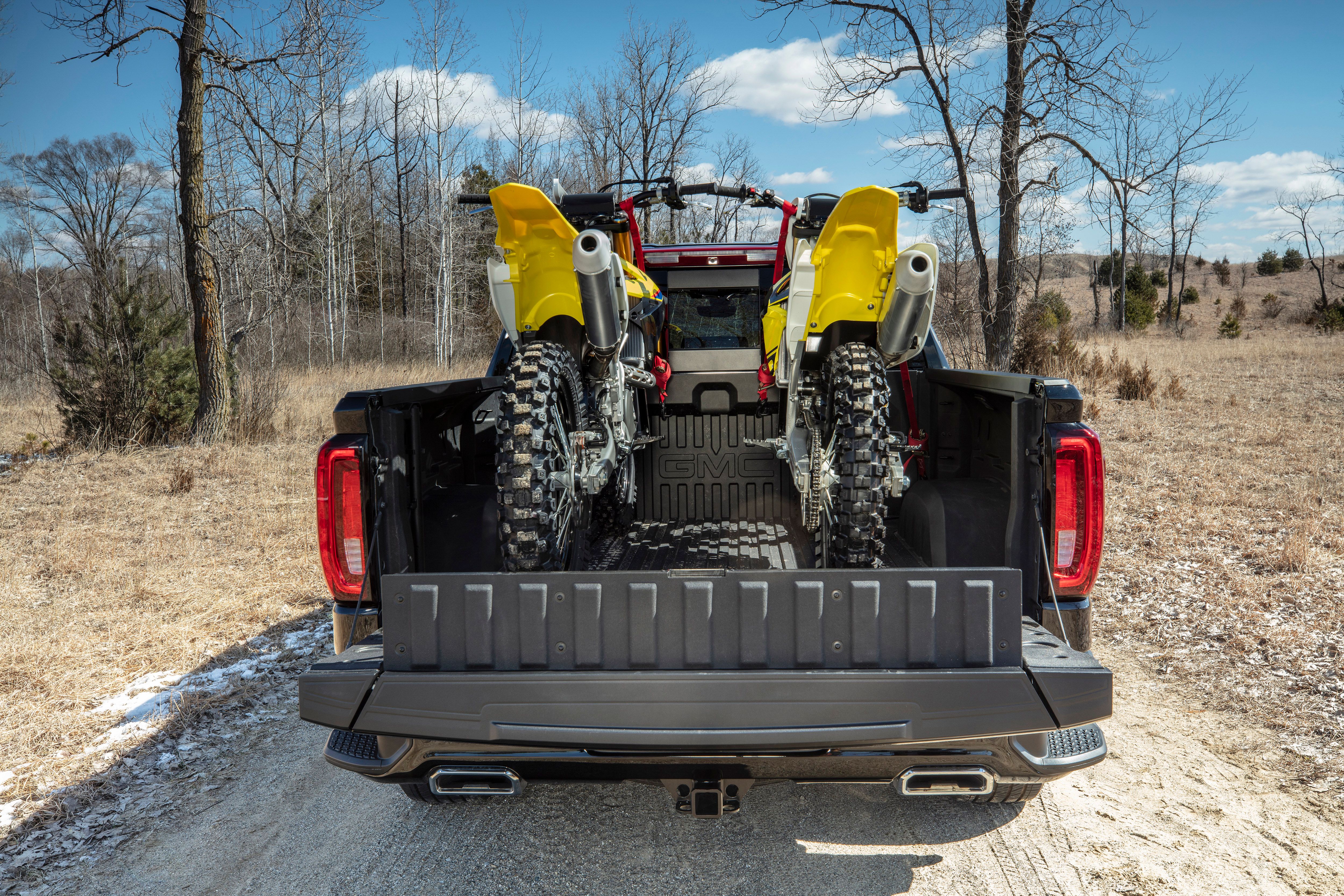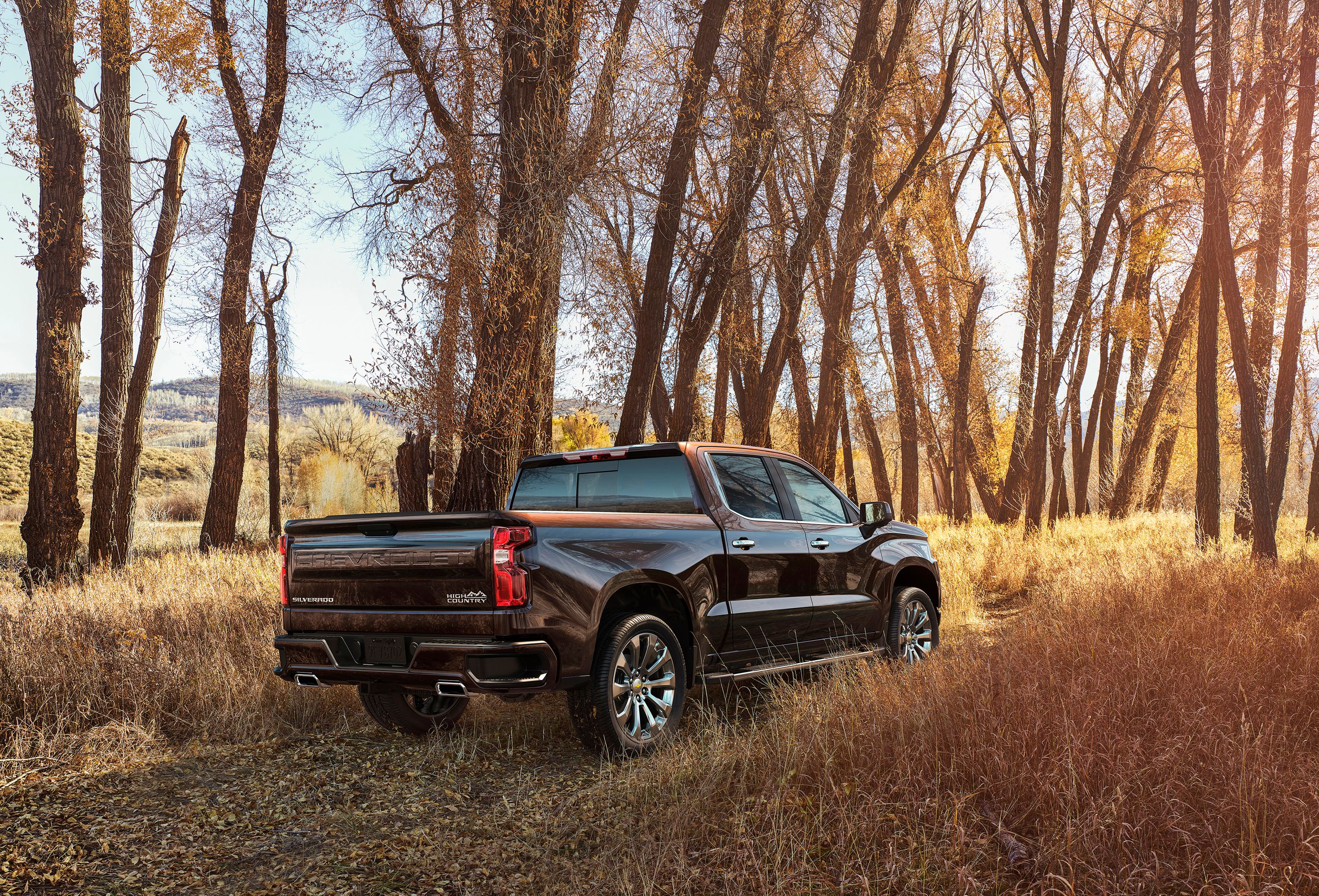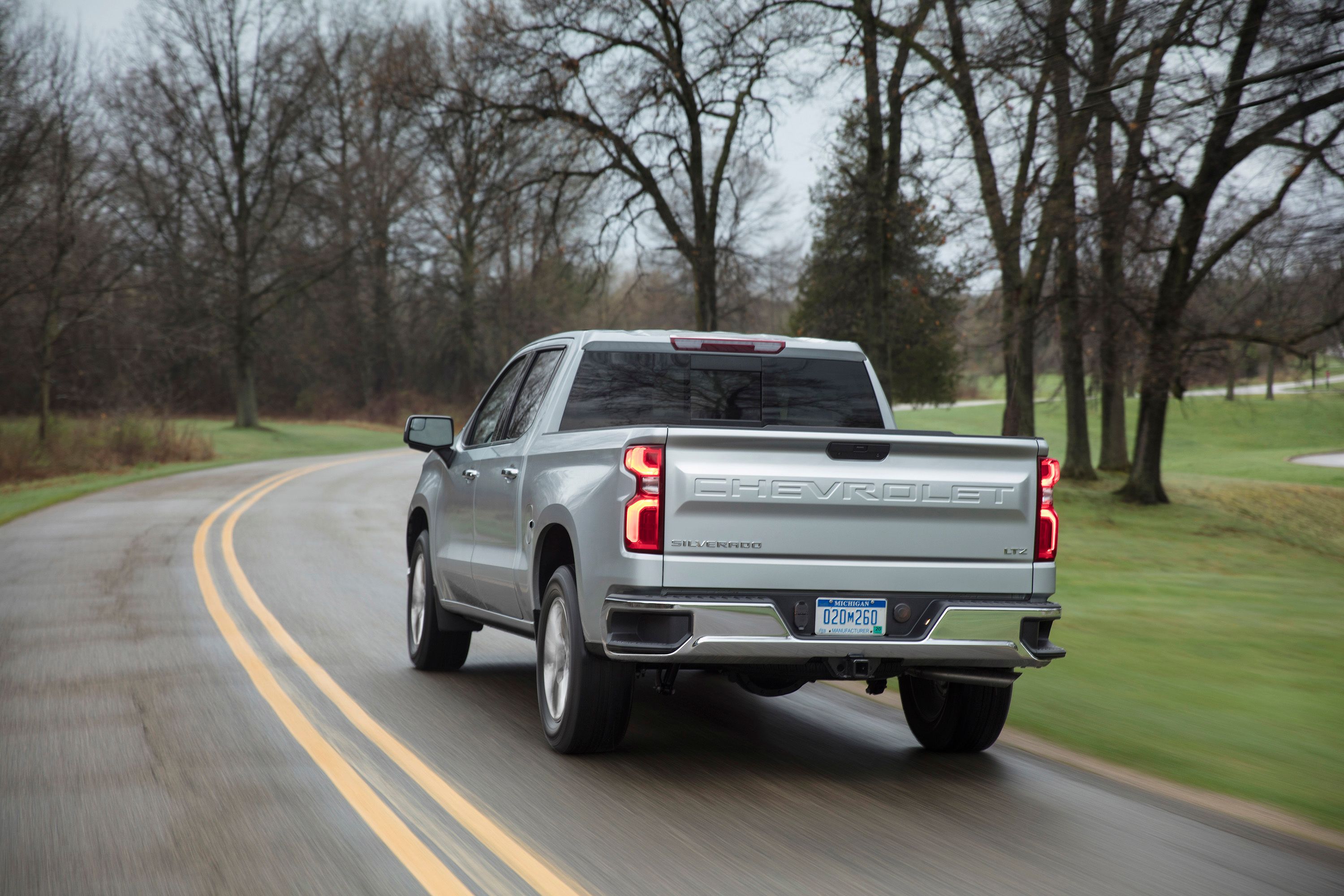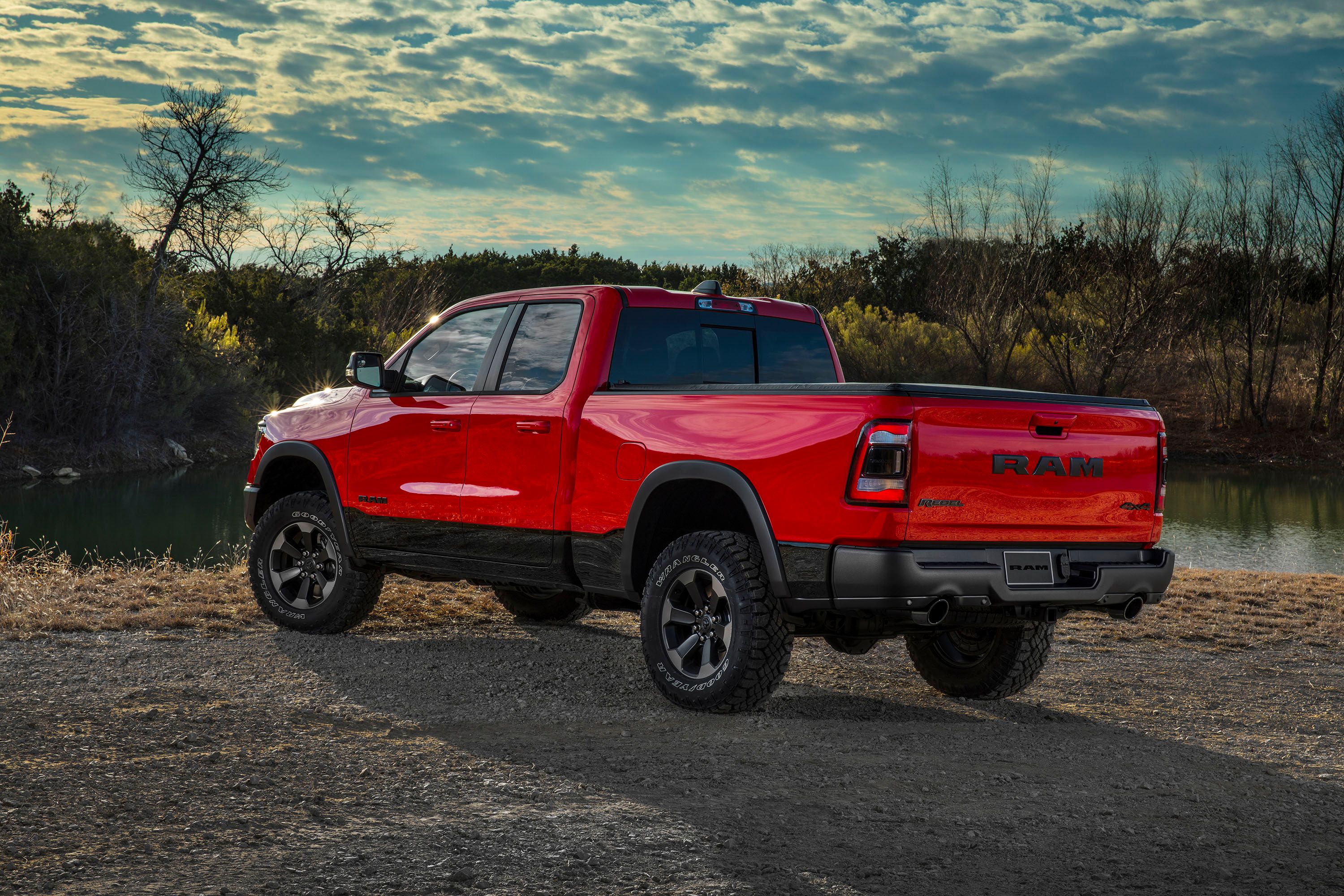The 2022 Toyota Tundra came out with all guns blazing. It doesn’t offer a plethora of engine options like its American rivals, but it still has a strong and loyal fan base who swear by its reliability. No wonder the Tundra and the Tacoma have a high demand even in the pre-worshipped market. While the 2022 model’s highlight was the new hybrid engine, there’s one other thing that deserves attention – its composite bed. It is said to be more abuse-friendly, but is that true?
The Composite Truck Bed Is A Breath Of Fresh Air
While it is rugged and can be used roughly, the maximum payload capacity is “just” 1,940 pounds, which is far from the best (2021 F-150 can haul up to 3,325 pounds with the Heavy-Duty Payload Package).} Now, not everyone uses the payload capacity to its limit, but on paper, this is a disadvantage for the truck.
A video was uploaded on YouTube wherein a 500-pound engine was dropped onto the bed from a crane, but it has been taken down. If only we could’ve known the condition of the bed after the load was dropped.
The GMC Sierra 1500 Denali Comes With A Composite Bed
The Honda Ridgeline and the Toyota Tundra also come with composite beds, but let’s talk about the Tundra’s rival, the GMC Sierra 1500. The Silverado’s ‘twin-cousin’ (some incest sorcery this is), the Sierra 1500 was introduced with a carbon-fiber bed for the Denali and the AT4 trims. That seems to be even tougher than the Tundra’s bed because the company had claimed that it conducted tests to check the actual strength of the bed.
While we don’t have the manufacturing process of the Tundra’s bed, we do have it for Sierra CarbonPro. A flat sheet of thermoplastic carbon fiber is heated in a large oven and softened up before getting stamped by a 3,600-ton press. The smaller bits are shaped by a 1,000-ton press. After this, water jets are used to cut holes, create slots for hooks and lights, and trim off any rough edges. Once all this is set, the parts are joined with a heat-cured adhesive. There is no wastage here as the little carbon fiber bits are gathered, heated, and shaped into smaller pieces of the truck bed.
As for the payload capacity, the CarbonPro can haul 59 pounds more than the non-CarbonPro Sierras. The maximum payload capacity on the Sierra is 2,240 pounds on the two-wheel-drive model in the Regular Cab form.
Are Composite Beds A Boon Or Bane?
It boils down to how you would use your truck bed, but they have more advantages than disadvantages. The biggest advantage is its excellent resistance to corrosion. Rusting is one of the biggest issues of truck beds, so composite beds do sort this issue out to a huge extent. They are also scratch and dent resistant. Not to mention, it is also lighter and will help improve fuel efficiency.
There’s also no reason for them to move unless composite beds become mainstream or people don’t mind ponying up extra moolah for these beds. The American automakers would rather be happy giving spray-in bedliner complimentary if push comes to shove than add composite beds. Also, these three brands are the guiding force of the pickup truck segment in the U.S. market. If one of them streamlines composite beds into their trucks, expect others to follow suit. But, until then, expect steel and aluminum beds to rule.
If you were in the market for a pickup truck, would you pay an extra amount for a composite bed, or would you be happy getting the steel or aluminum bed and equipping it with covers and spray-on bedliners? Share your thoughts with us in the comments section.


